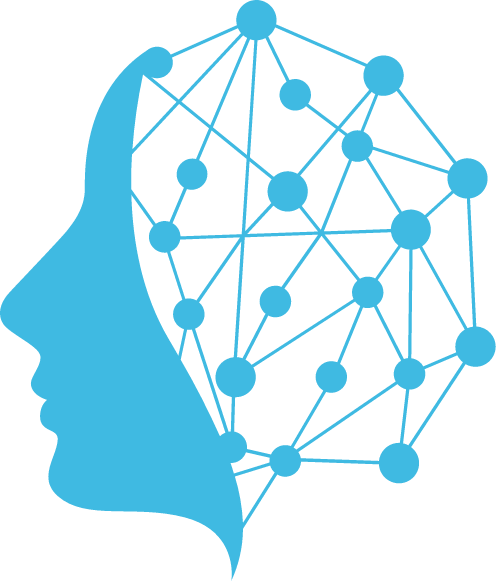In the current dynamic landscape, the traditional in-person interview is gradually yielding to the dominance of online hiring. The pandemic, a powerful catalyst for change, has reverberated through talent acquisition teams, amplifying pressure and heightening expectations within the field. Remote work, virtual onboarding, and digitalized recruitment are now firmly established as the new standard. In response to a monumental digital revolution, the recruitment industry found itself grappling with the task of bridging the talent gap created by millions of job seekers and recent graduates flooding the market.

The pandemic has spurred digital transformation across industries, compelling companies of all sizes to expedite their digital agendas. The recruitment sector, too, has ridden this wave, leveraging technology to rejuvenate and reimagine its processes. With the advent of COVID-19, this transformation gained unprecedented momentum. In an increasingly digital terrain, recruitment, akin to other sectors, has undergone a profound metamorphosis courtesy of technological innovations. A report by Sage disclosed that 24% of enterprises had already integrated AI into their talent acquisition procedures, with an additional 56% of management planning to embrace automated technologies in the coming year.
Effectively tracking and categorizing the colossal volume of recruitment data generated by countless applicants presents a monumental challenge. Many organizations found themselves wrestling with the need to craft a potent and well-structured recruitment strategy capable of adeptly addressing these multifaceted issues. Stakeholders encountered hurdles in making judicious, data-driven decisions pertaining to recruitment and professional development. Prevailing systems exhibited weaknesses, including the absence of centralized visibility for managing evaluation processes and a deficit in cross-departmental collaboration. These elements are pivotal in the recruitment and assessment of candidates.
The entire process encompassing candidate screening, interviews, and onboarding is not only physically demanding but also financially burdensome. Organizations deploy substantial human resources to navigate this recruitment journey, incurring both temporal and financial costs. AI-based solutions are coming to the rescue with the promise of alleviating the laborious burden of certain time-consuming manual tasks.
Today, advanced and automated solutions stand ready to execute assessments, orchestrate interviews, and maintain regular communication with candidates throughout the process. The laborious chore of sifting through thousands of resumes finds streamlined efficiency through AI-driven tools. These technologies adeptly navigate countless resumes, filtering the candidate pool down to those most likely to thrive and add value to the organization. Embracing AI yields rapid returns on investment for recruiters.
A case study conducted by Alorica serves as a testament to this transformation, revealing savings of over 1,200 person-hours, an 84% reduction in cost-per-hire, and the interviewing of approximately 3,000 candidates, a stark contrast to the average of 966 candidates interviewed before AI implementation. Leading global organizations have harnessed the potential of AI-driven recruitment software, slashing their cost-per-hire by nearly 30%.
Until now, the absence of a comprehensive assessment ecosystem capable of seamlessly integrating the disparate facets of the hiring process posed a significant challenge. As a result, an AI-fuelled recruitment revolution, empowered by cutting-edge technology, stands poised to empower organizations.
It promises to forge an efficient workforce, elevate the quality of decision-making processes, and serve as a catalyst in birthing novel business processes and ideas. With IntRec AI’s recruitment approach at the helm, the future of talent acquisition beckons as a realm characterized by heightened efficiency, data-driven acumen, and transformative potential.






